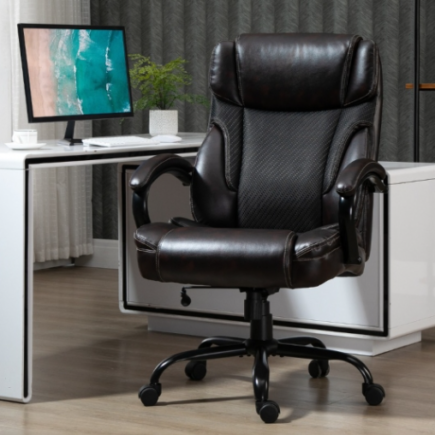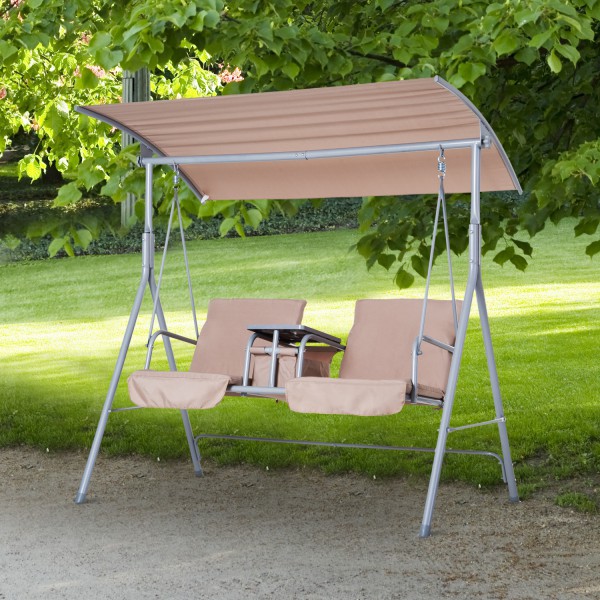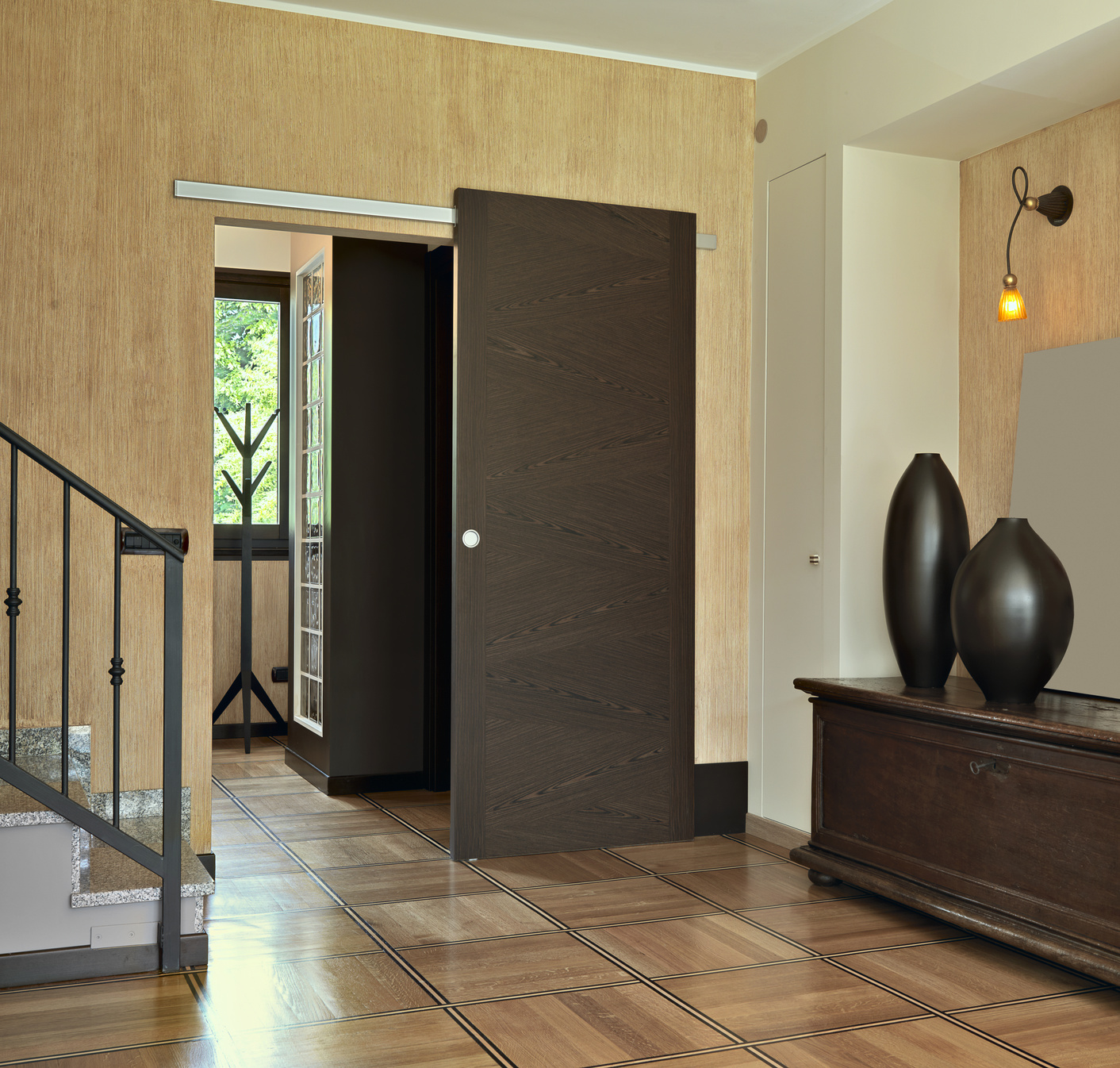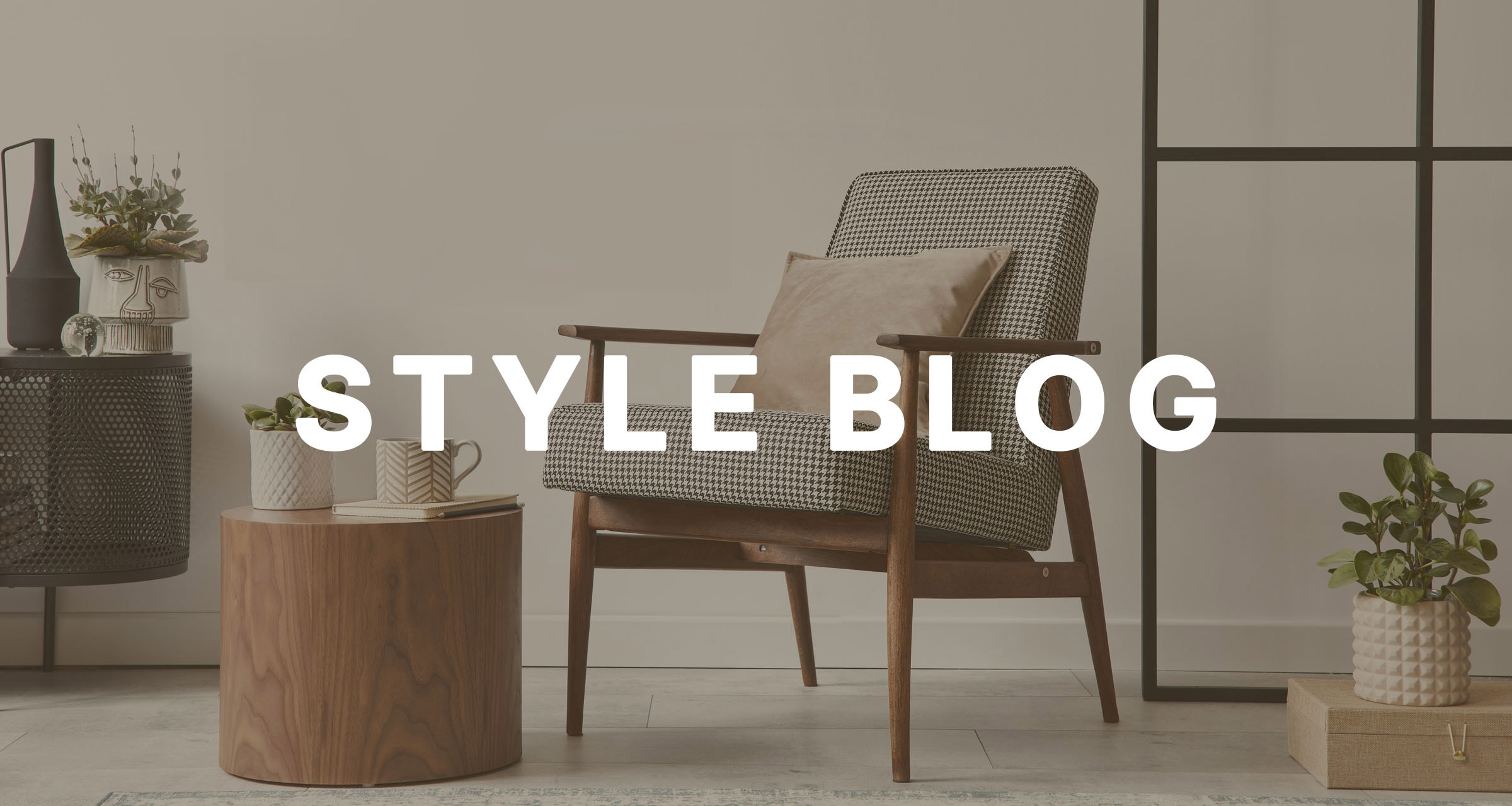Having the best possible office environment is essential for maintaining productivity — regardless of whether we’re talking about a home office or the one downtown. You need to be comfortable, but not comfy enough to lose focus and doze off — and you need to ensure you’re properly positioning your body at your desk. Having an ergonomic office chair is a great way to make all that constant sitting easier for your posture.
If you want to do this, you’ll need some posture-improving equipment — and an ergonomic chair is the first place to start. Having an ergonomic desk chair is your first step on the road to avoiding plenty of nasty long-term side effects, including joint pain.
Even just sitting in the wrong position for a couple of hours each day will result in tremendous strain on your back and your shoulders — leading to neck, back, and shoulder pain over time. Luckily, getting a new chair is one of the simplest and most effective solutions for this issue. Getting a model that suits your weight and height is essential — as well as one with the appropriate posture-improving features.
However, there are practically countless desk chairs to choose from, especially when buying online. And that’s precisely why we’ve decided to provide you with some basic info you’ll need before browsing for the finest office chair on the market!
Different types of office desk chairs
Largely depending on the types of professionals who use them, we can differentiate between a few different types of office desk chairs. We’ll go through the most common ones here.
Ergonomic chairs
Most of the chairs you can find today are advertised as “ergonomic”, as this is a loose term that describes equipment enabling a neutral posture. However, if you want to see whether a chair is truly ergonomic, you need to check whether it provides enough support for someone who’s putting in long hours in their office.
Generally, ergonomic chairs are a bit pricier compared to other kinds of office chairs — but they’re most certainly worth it in the long run, considering they’re specifically optimized to prevent disorders such as poor blood circulation, cervical spondylosis, general poor posture, and back pain.
Drafting chairs
There are plenty of professionals who stand more often than others, even though they work in an office — such as artists and architects. And while sitting for eight hours a day has its own negative side effects for your health, standing for long hours has just as much negative impact.
This is why drafting chairs were invented. They’re designed to go with standing desks and drafting tables — allowing people who do a lot of standing in the office to have a seat and rest quickly, without interrupting the flow of their productivity. The height of these chairs allows a quick transition from standing to sitting, and they provide more than enough support for the upper and lower limbs, as well as the back. Plus, they’re quite versatile, as their adjustable height makes them perfectly adaptable to conventional desks as well.
Executive chairs
Out of all the different kinds of office chairs, you’ll find that the “executive chairs” are regarded as the most opulent and expensive ones. This is because, as you can surmise from their name, they’re specially designed for use by corporate higher-ups. Besides the ergonomic nature that plenty of these chairs have today, they also have a more important aesthetic role than the average chair.
They’re designed to seem more imposing than the average office chair — with a particularly high back, ample cushioning in the headrest, seat, and back, as well as superior manufacturing materials such as real leather and fine wood.
How to choose the best office chairs
There are a couple of crucial factors you should consider when browsing for your next office desk chair.
First of all, the height — you want a chair that’s in line with your height out of the box or has an adjustable height that can be customized for specific statures. Also, you want to consider the seat depth as well — in a perfect scenario, the chair seat should have sufficient depth to support your legs, and vice versa if you’re too short.
The seat’s front edge should, ideally, be rounded so it doesn’t painfully dig into your thighs. Also, you want the chair’s backrest to support your back with the exact height you need, so it should be adjustable.
The same goes for armrests, though they’re not as essential. However, if you do prefer chairs that have them, ensure that the armrests won’t prevent the chair from drawing close to your work surface.
ir should come with an adjustable recliner that lets you move back in your seat when you need to stretch for a bit.
Finally, check to see if the castor base of your chair is adequate for your office floor — there are both hard floor and carpet castors, and choosing the right one is important to stop you from damaging the floor and allowing you to move around freely.
Don’t forget to
- Choose an office chair that’s in line with your office aesthetic
- Ensure that the chair is adequate for your weight and height
- Check to see if it suits the nature of your work and the office flooring




















